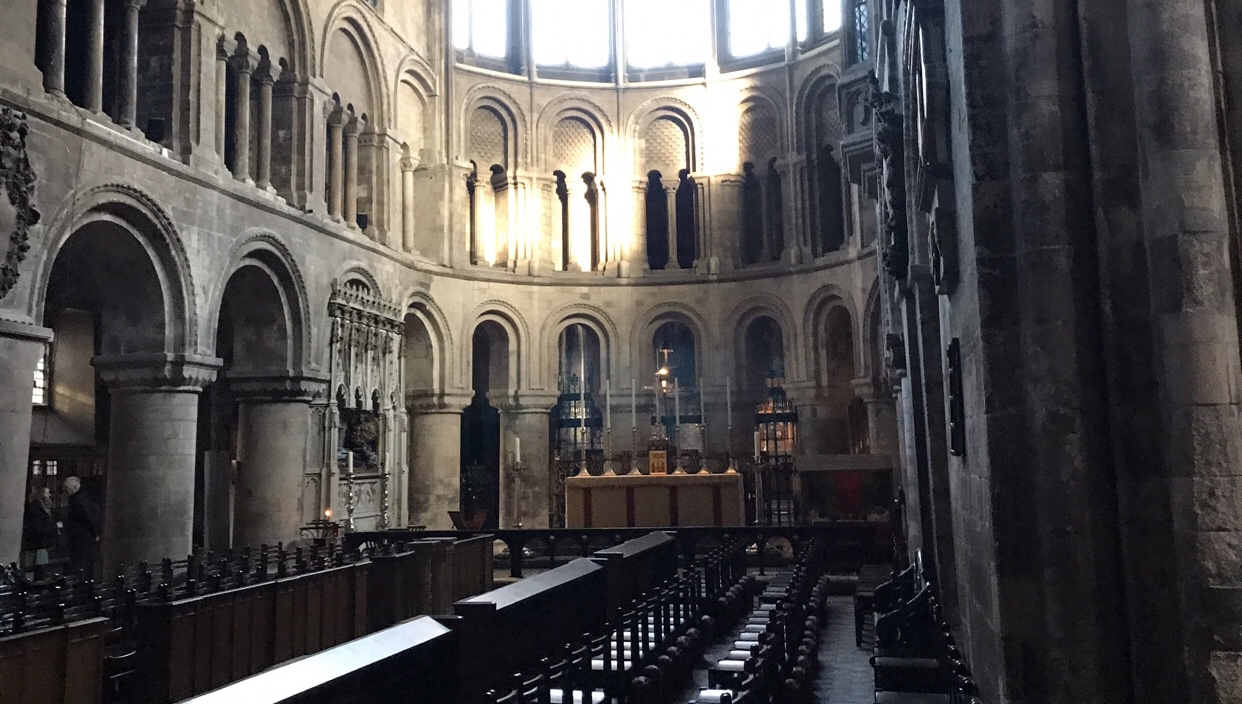
“Exquisite Pain” in St Bart’s
The church of St Bartholomew the Great in Smithfield is one of the jewels of London. A breathtakingly beautiful architectural gem that has occupied its […]

The church of St Bartholomew the Great in Smithfield is one of the jewels of London. A breathtakingly beautiful architectural gem that has occupied its […]
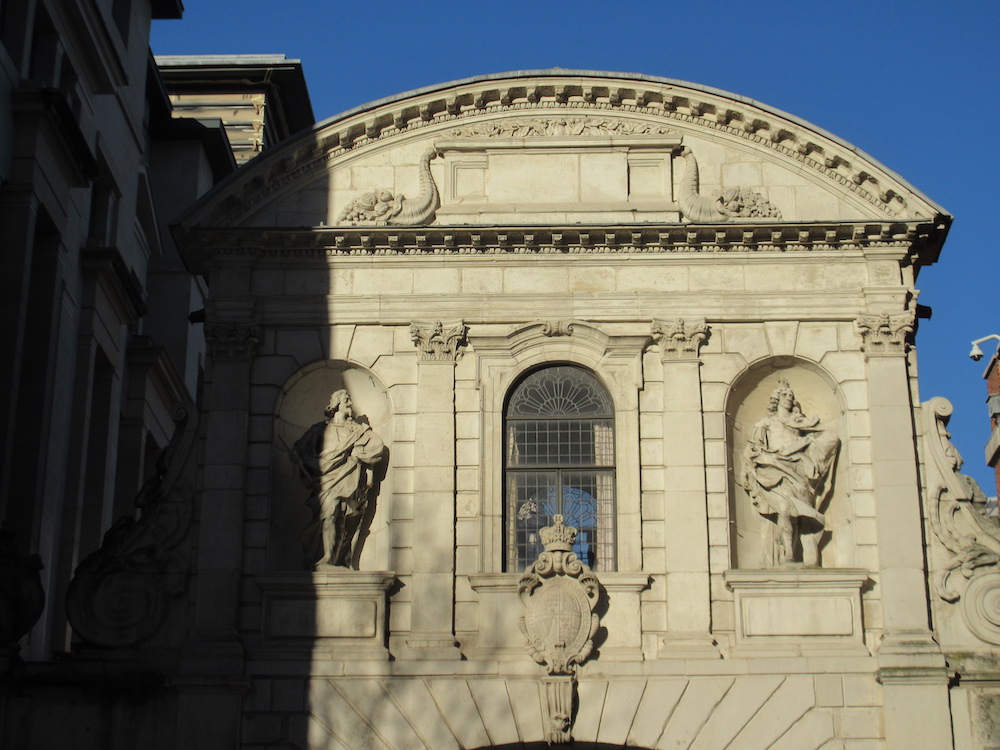
Hard by St Paul’s at the entrance to Paternoster Square, is Temple Bar gate. Like the Cathedral, this is the work of Sir Chirstopher Wren, […]
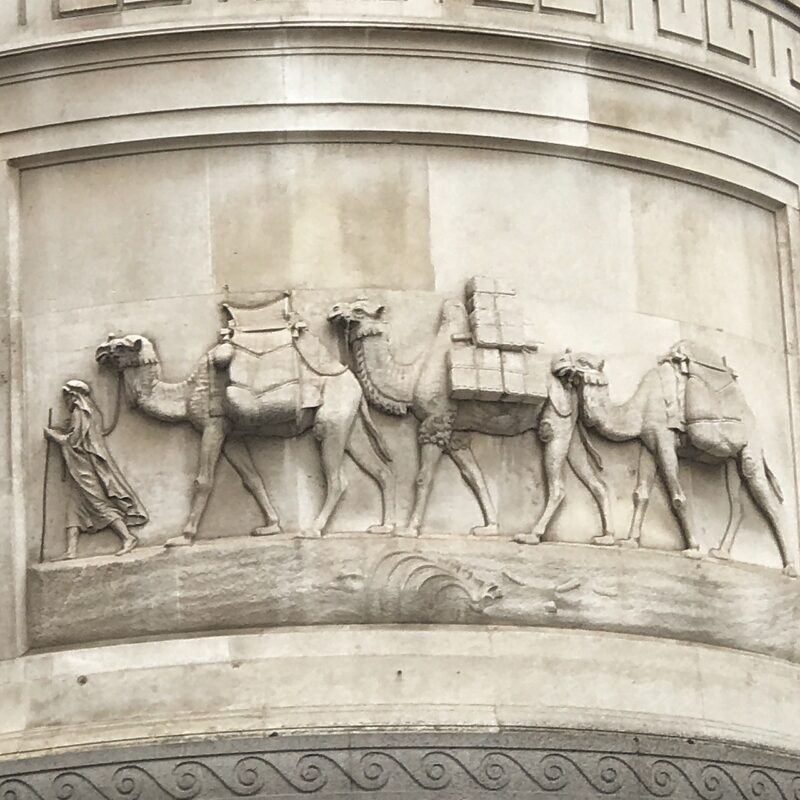
Eastcheap – from an old english word for market (and “east” to distinguish it from the original Westcheap, now ‘Cheapside’) – runs from Monument tube […]
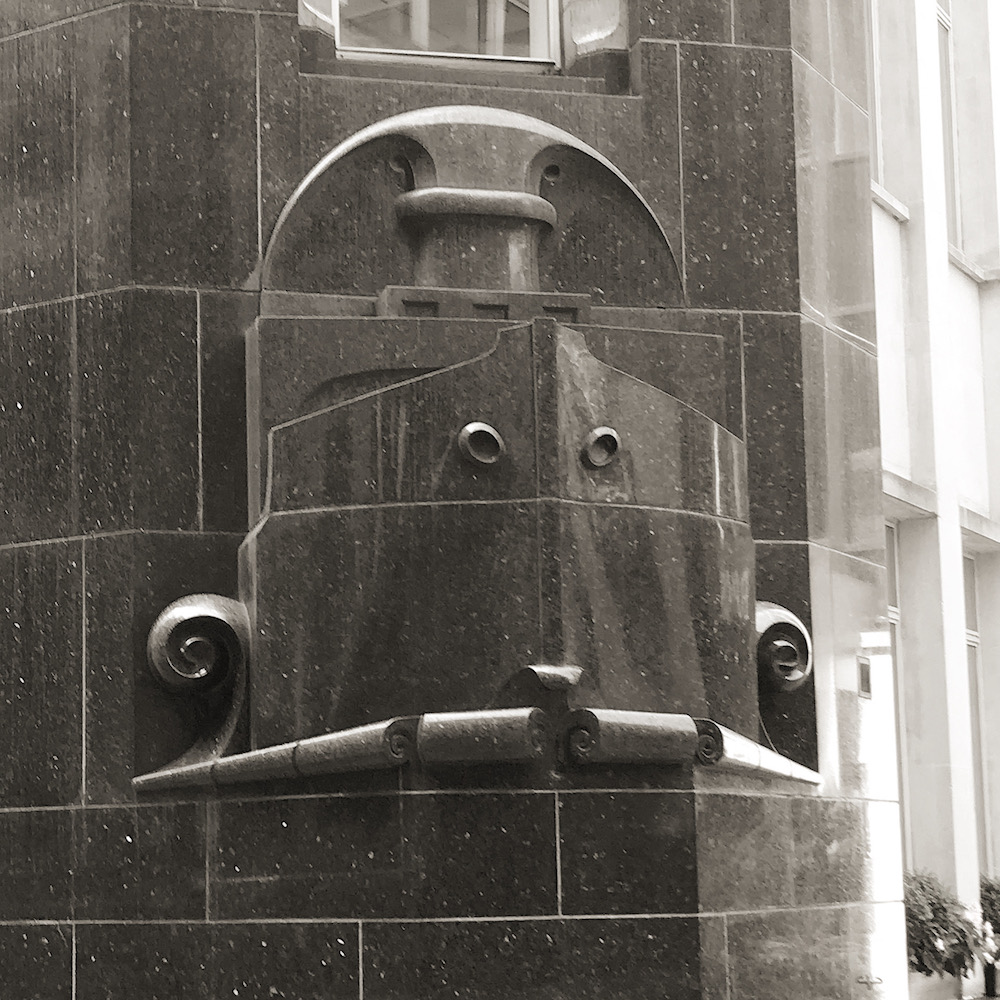
There are quite a number of ‘Holland Houses’ in the capital – the remains of a Jacobean country home in Holland Park, Kensington; a school […]
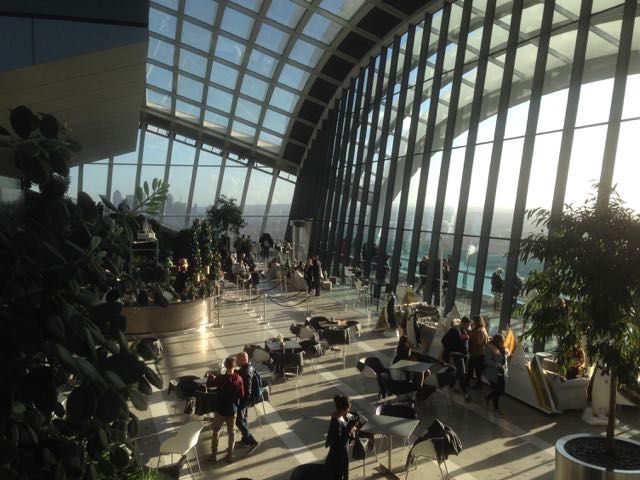
I’ve tried hard to like the Walkie Talkie, Rafael Vinoly’s skyscraper at 20 Fenchurch Street, but so far I’ve been unsuccessful. The thing dominates the […]
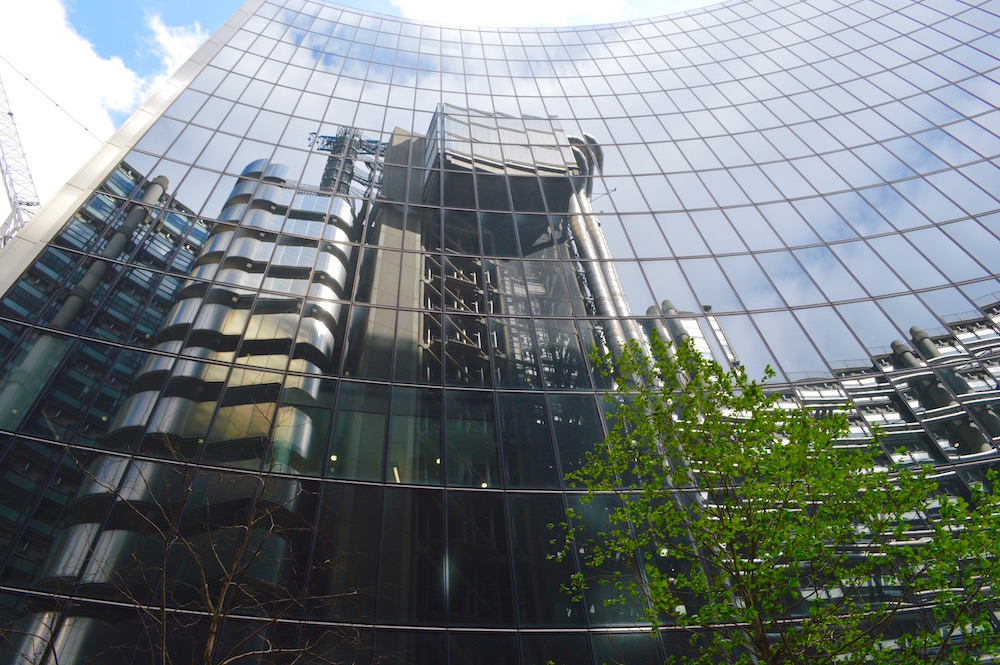
In 1978, the year after architect Richard Rogers’ Pompidou Centre opened in Paris, construction started on his first major London project, The Lloyd’s Building in Lime […]
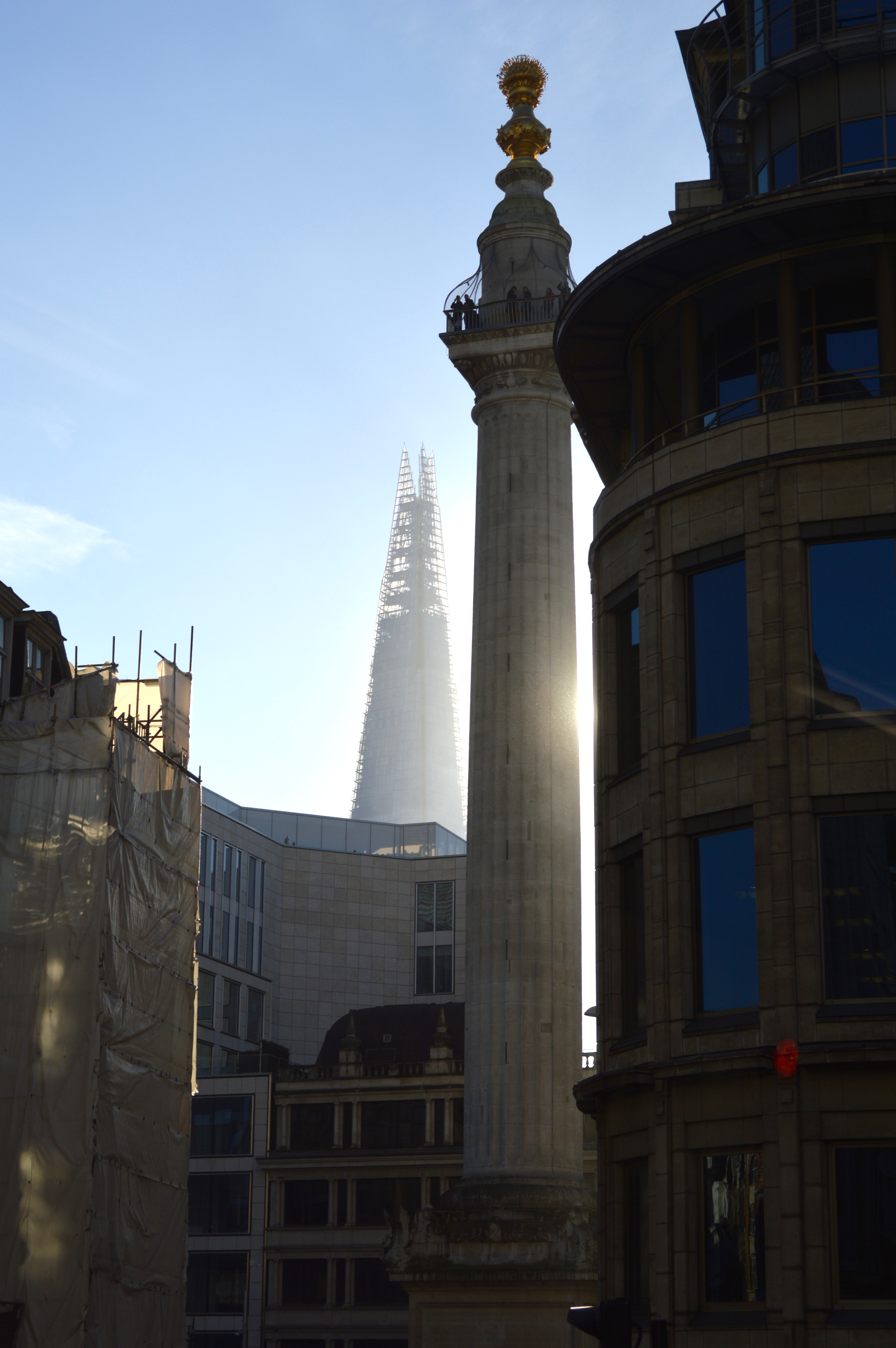
Climb the 311 stairs today to the top of the Monument and the the 21st century City spreads out around you. To the north the […]
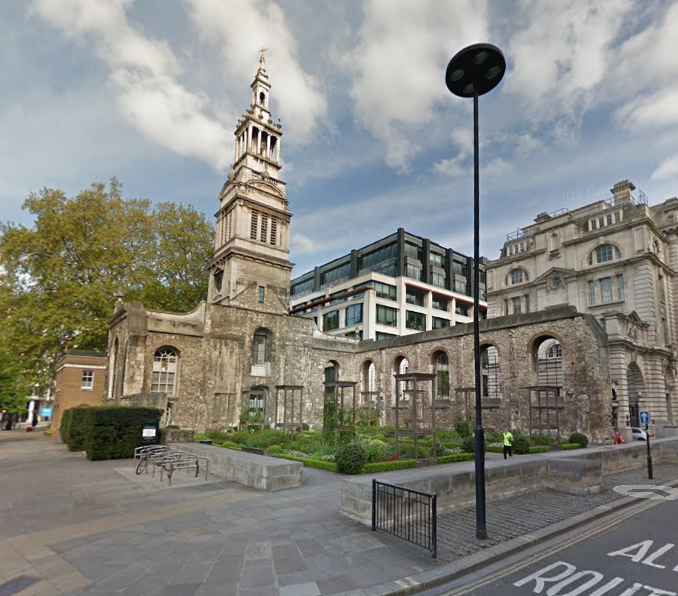
In the post on the Firefighters’ Memorial we talked about the destruction caused by the Blitz – and Christchurch Greyfriars gives a hint of that […]
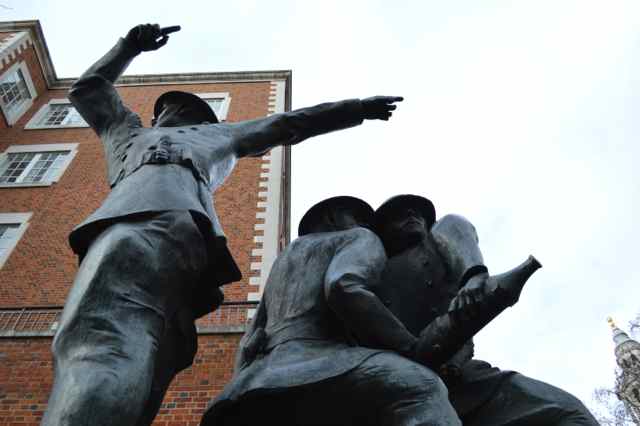
75 years ago George Orwell, the author of 1984 wrote, “as I write, highly civilised human beings are flying overhead trying to kill me”. He […]

With the current building works going on around it, the approach to St James’s is now down Garlick Hill, an indication – along with the church’s […]
Copyright © 2024 | WordPress Theme by MH Themes